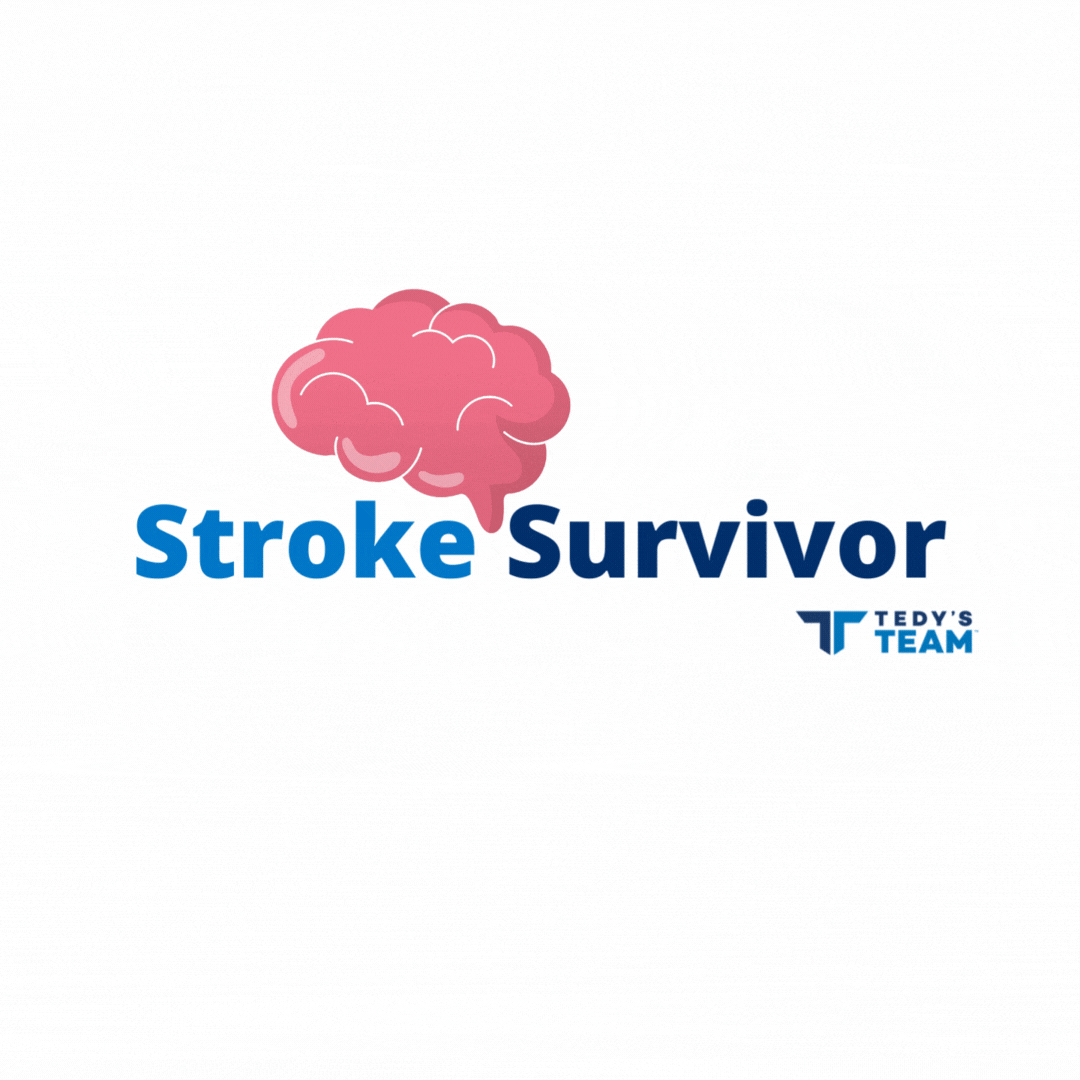- The Supper
- Posts
- Stroke Prevention Guidelines
Stroke Prevention Guidelines
Risks Unique to Women

The latest stroke prevention guidelines from the American Stroke Association (ASA), part of the American Heart Association, introduce considerations for risks unique to women for the first time in a decade. These guidelines emphasize primary prevention, focusing on strategies to prevent strokes in individuals who have never experienced one before, and include a section addressing sex- and gender-specific factors related to stroke risk.
Notably, the ASA identifies conditions such as endometriosis and early menopause as significant risk factors. The guidelines highlight that individuals with endometriosis show a consistently elevated risk for stroke, suggesting that younger patients with this condition may benefit from more thorough cardiovascular risk assessments and preventive measures.
Where to Find Hoka Shoes Deals 2024
Finding Hoka shoes on sale can be tricky, so we’ve rounded up the top 8 stores to find the best deals for Hoka!
Strokes typically occur when a blood vessel in the brain becomes blocked by a clot, depriving nearby tissue of oxygen and leading to cell death. Each year, over 795,000 people in the U.S. experience a stroke, with approximately one in six deaths from cardiovascular disease attributable to this condition, as reported by the Centers for Disease Control and Prevention (CDC).
Research indicates that the incidence of strokes among younger individuals has increased over the past three decades. Between 10% to 15% of annual stroke cases involve people aged 18 to 45, according to the American Heart Association. Factors such as rising rates of diabetes, hypertension, obesity, and physical inactivity among younger Americans may contribute to this trend, according to Joshua Willey, a stroke neurologist at New York-Presbyterian Hospital.
Additionally, the new guidelines warn that women using combined hormonal contraceptives, which contain both estrogen and progestin, face a heightened stroke risk. The guidelines also note that while estrogen-based hormone therapy can elevate the risk of cardiovascular disease, this is primarily linked to oral forms of the treatment; topical estrogen applications do not carry the same stroke risk.

Reply